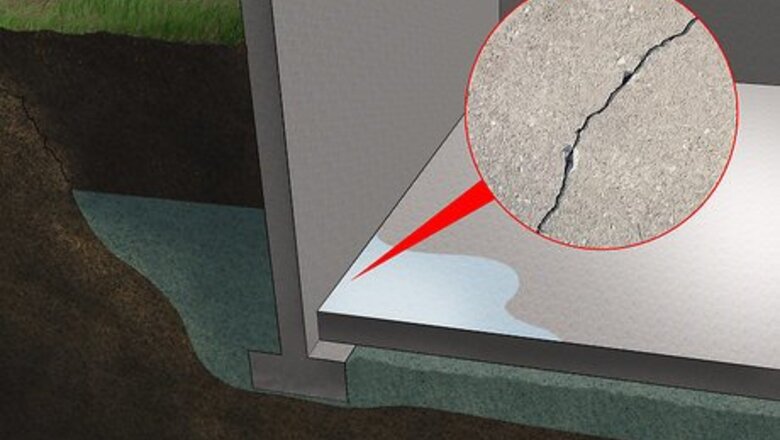
views
Identifying and Solving Water Issues
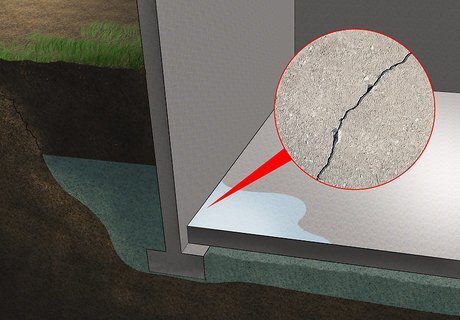
Find the source of the problem. Moisture control is the key to solving mold problems. If you have a wet basement, you will need to find out what is causing the water issues before you treat the mold problem. Common culprits include: Defective gutters Groundwater seepage Poorly designed window wells Ineffective subsurface drainage system Cracks in a house’s foundation Internal sources of humidity like humidifiers or frequent cooking
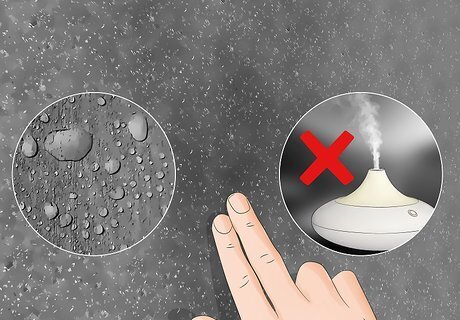
Address sources of internal moisture. The mold problem in your basement may be the result of internal sources of moisture, rather than moisture entering the basement from outside. Remove humidifiers from the basement, and do not cook in the basement unless absolutely necessary. Make sure other sources of moisture, like the clothes dryer and bathroom, are properly ventilated.
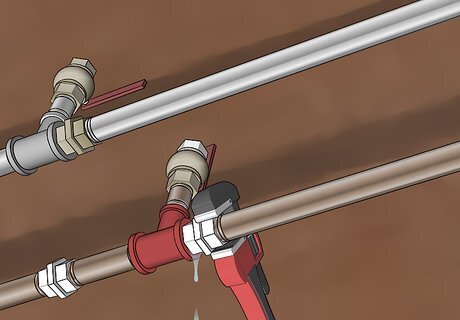
Fix leaking pipes, sinks, and toilets. Your basement could be wet due to a leaking pipe, sink, or toilet. Carefully examine these potential sources of moisture. If you discover a leak, fix the problem as soon as possible. If necessary, seek professional help.
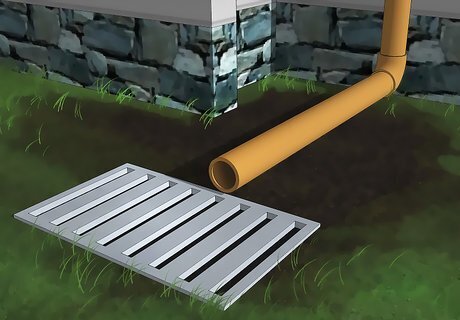
Correct any structural problems. After removing internal sources of moisture, evaluate the gutters, downspouts, and surface grading around the house. If it appears that moisture is entering the basement from these places, contact a professional to evaluate and correct the problem.
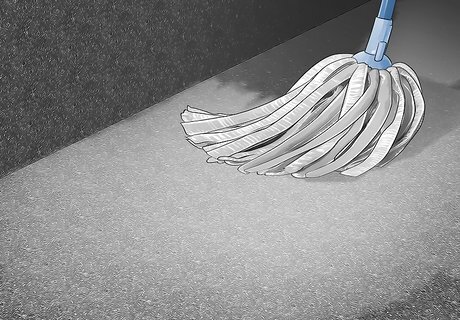
Remove moisture from the basement. After you address underlying issues, remove any remaining moisture. If there is standing water or a puddle, you can remove it with a utility pump, air mover, and/or mop. You can also use a dehumidifier to help remove excessive moisture from the air. Make sure you remove as much moisture as possible before treating the mold.
Treating Mold
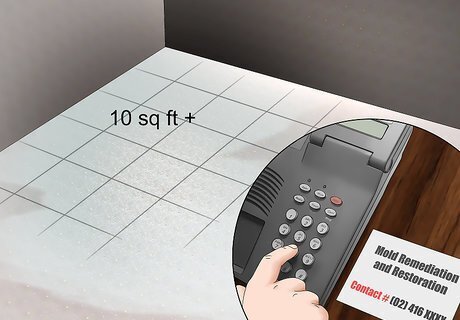
Contact a professional. Call a professional if the affected area is over 10 square feet in size. You should also contact a professional if you have mold problems that persist after treatment or if you have chronic health conditions. Make sure the professional you hire has experience cleaning up mold.
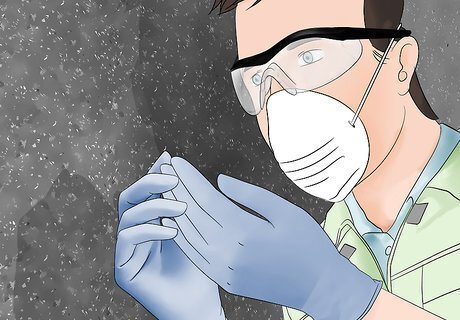
Wear a respirator, goggles, and gloves. You need to wear proper protection when cleaning mold so that you do not inhale the spores. Wear a N-95 respirator, goggles to protect your eyes from the spores, and gloves to protect your skin. You can purchase all three items at your local hardware store or online.
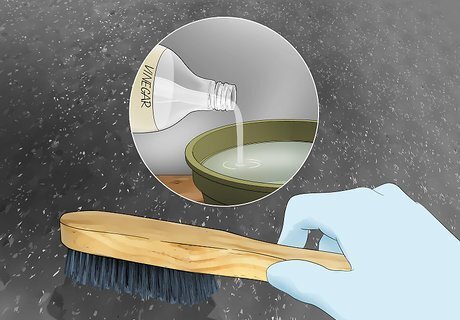
Remove the mold by scrubbing. Take a brush or sponge that is designed for scrubbing. Dip the brush or sponge in a cleaning solution like warm water, vinegar, borax, ammonia, baking soda, or hydrogen peroxide. Scrub the area with the solution until the mold is removed.
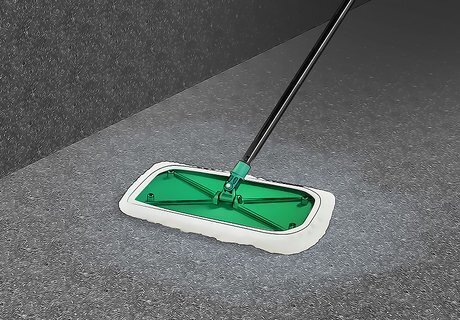
Dry the affected area. Take a towel and completely dry the affected area once the mold is removed. You can also use a mop to dry the area if the mold is on flooring. Make sure you completely dry the area after scrubbing away the mold. This will help prevent future mold growth.
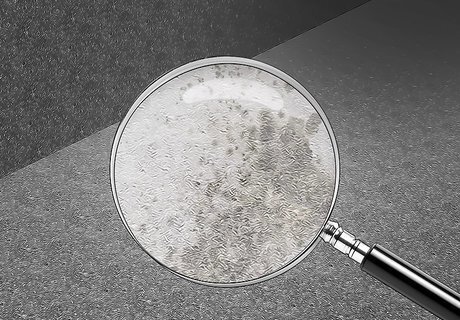
Keep an eye on the affected area. Once you remove mold, you will need to watch the area to see if it returns. Recurrent mold problems are often indicative of larger, underlying problems that will need to be addressed to fully treat the mold issue.
Preventing Mold
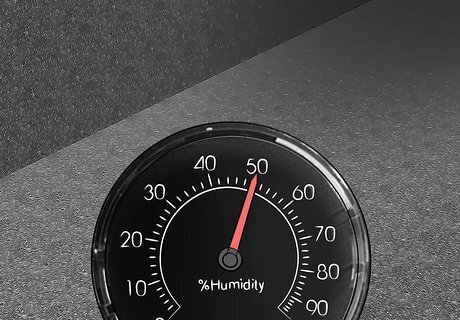
Keep the humidity level below 50%. Mold flourishes in moist environments, and it is essential that you monitor the basement’s humidity level to prevent future mold growth. Install a thermo hydrometer to monitor the humidity level in your basement.
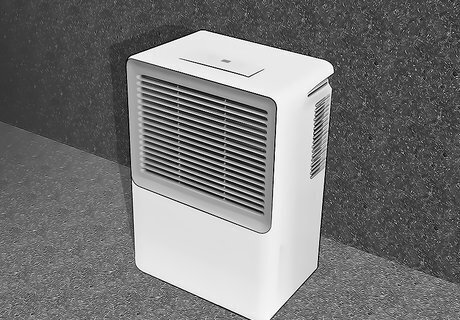
Consider a dehumidifier. Keeping moisture under control is a key part of preventing mold growth. Try running a dehumidifier in your basement to help control moisture levels. Make sure you follow the manufacturer's instructions and empty collected moisture from the device regularly.
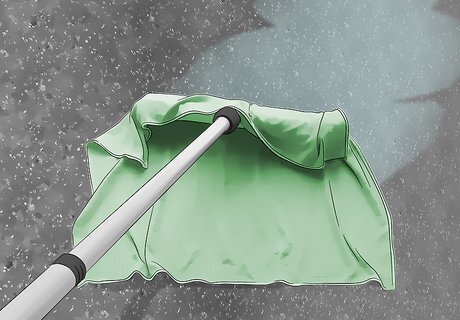
Dry wet areas immediately. When you notice a wet or damp area in the basement, you will need to remove the moisture immediately to help keep mold growth at bay. Use a towel, mop, or water pump to remove the water within 24 to 48 hours of noticing it.










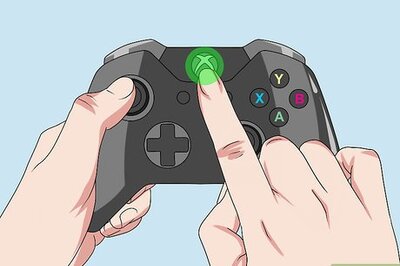








Comments
0 comment